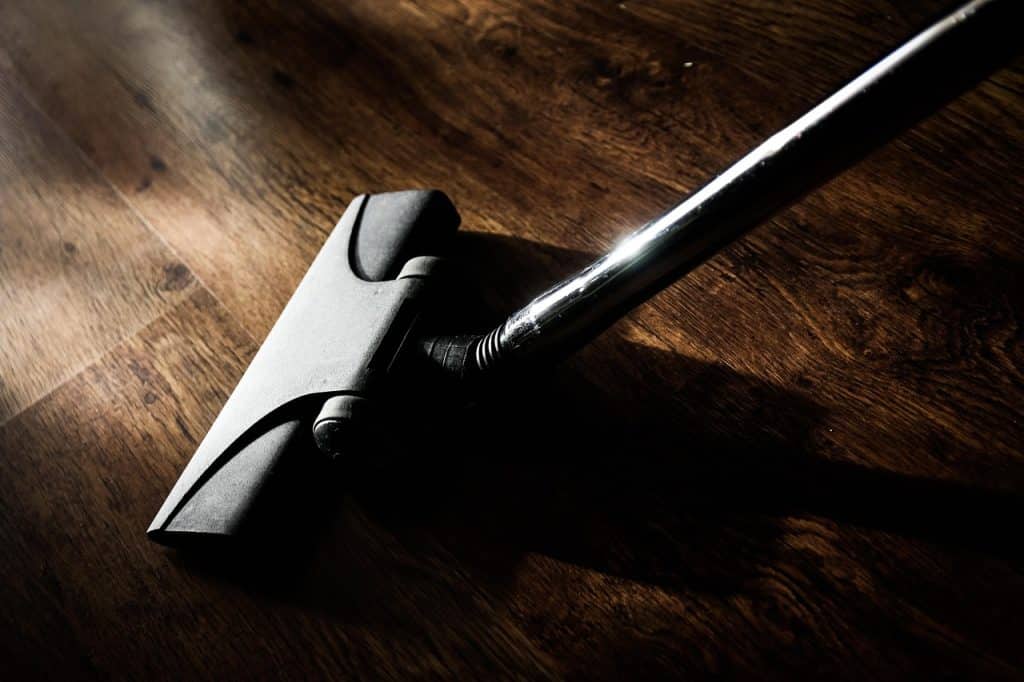Your home looks clean. But what about the air?
Research shows that when people use vacuums without high-quality filtration, the number of ultrafine particles in the air can jump several times. In plain words: the floor looks better, but the air gets worse. So if we care even a little about our lungs, it makes sense to look at our vacuum not just as a “crumb remover”, but as something that can help with indoor air too. Information about the intricacies of use and how to choose a HEPA filter was shared by Raccoon Cleaners specialists.
Why the air in your living room deserves more attention
We don’t see most of it, but our bodies do feel it.
And here is the main catch: a regular vacuum can pick up visible debris but still push fine dust back into the room. So we look around and think, “Nice, the place is clean.” Meanwhile our lungs are still doing heavy lifting.
HEPA filters in plain language
HEPA stands for High-Efficiency Particulate Air. Behind the long name there is a simple idea: catch the really tiny stuff. A genuine HEPA filter can trap about 99.97% of particles that are around 0.3 microns in size. This technique is used by professional cleaning companies in Naperville and beyond.. Typical filters in older or basic vacuums mainly stop big pieces: crumbs, hair, visible dust clumps.
But much smaller particles – pollen, parts of dust mites, tiny fragments of pet dander – can slip through and go straight out with the exhaust air.
Tests have shown a big difference. Vacuums with a proper HEPA filter can run without pushing extra particles back into the room. Other designs, without this type of filter, may cause a clear spike in airborne dust while they are working. That’s the opposite of what we want.
There is another important detail. A HEPA filter only works well if the whole vacuum is designed so that all air passes through it. If the body of the machine leaks, or some air bypasses the filter, then even the best HEPA material can’t save the situation. That is why “sealed” systems matter here.
How a HEPA vacuum changes your cleaning routine
Once you add a real HEPA filter to a well-built vacuum, the job changes. It is no longer just floor work. It becomes air work too. Fine particles that would normally fly back into the room stay stuck in the filter instead. This isn’t just a nice theory. Tests show that vacuums with true HEPA systems can run without pushing particle levels in the room up. A HEPA vacuum doesn’t just “hide” dust. It helps keep it out of the air you breathe.
If you like numbers and metrics, there’s one more thing worth knowing.
Air purifiers use a measure called Clean Air Delivery Rate. Vacuums do not always spell it out, but the idea is the same: how much clean air the device can deliver over time. A strong motor with poor filtration still leaves dirty air. A good filter with almost no airflow is also not ideal. You want a balance. If you are unsure about your choice, you can consult with cleaning specialists in Elgin.
Is a HEPA vacuum really worth the money?
A HEPA vacuum makes the most sense if:
- Someone in the home has asthma, allergies.
- You live with pets that shed fur and dander.
- There are carpets, fabric sofas, curtains – not just bare floors.
- You want a bit more than just “it looks clean”.
- You actually care about what you and your family breathe in every day.
However, it is not a magic cure. You still need:
- regular airing out or proper mechanical ventilation,
- control of moisture and mould,
- reasonable cooking habits (for example, using a hood),
- cleaning of vents and filters in other systems at home.
There is also maintenance. A clogged filter stops doing its job. At some point, the vacuum may even start leaking more dust back out because the airflow is blocked.
So yes, it is usually worth it – if you are ready to take basic care of the machine.
How to get the most out of a HEPA vacuum
If you decide to go this route, here are some down-to-earth tips so the vacuum actually helps your air, not just your eyes: Look for “True HEPA” wording.
Avoid vague phrases like “HEPA-type” if you can. That tiny extra word often means “almost, but not quite”. Check how the body is built.
Seals around the dust bin or bag, filter housing, and joints should look solid. If everything feels loose and rattly, air will probably sneak through. Vacuum slowly, not like you’re late for a train.
When you rush, the machine just stirs dust up. Slightly slower passes give it time to pull particles in and trap them. Change or clean the HEPA filter on schedule.
If you keep putting it off, the vacuum will start losing power and the filter turns into a dust brick. Combine vacuuming with fresh air.
A vacuum with a proper HEPA filter is not just a fancier gadget.
It is a small step toward making your home kinder to your lungs. You still see the usual result – a tidy floor, fewer crumbs, less pet hair. But behind the scenes, something else happens. More of the microscopic dust ends up in the bin and filter instead of in your airways. You might not notice it in the mirror, but your body will quietly say “thanks”.
Because if you finish cleaning, sit down on the couch, and still breathe air full of fine dust, half of the work is missing. The room looks done. The air just hasn’t caught up yet. A good HEPA vacuum helps those two things finally match.
